What is methane? Why it matters and what we’re doing to reduce it.
Read Time: 5 minutes
February 20, 2024
Sander van Zijderveld remembers the “Eureka!” moment for him and his small team of researchers.
The Cargill scientists had discovered that when you increase levels of nitrate in animal feed, cows and sheep produce less methane. That’s important because methane emissions are a major contributor to climate change from human-related activities — and reducing emissions from this potent greenhouse gas is seen as one of the fastest ways we can combat global warming.
This discovery would lead to SilvAir™, Cargill’s nutritional solution that can lower methane emissions by up to 10% while maintaining animal productivity and performance.
Cargill scientists like Sander are at the forefront of our work to reduce methane emissions in agriculture. We’re doing it through Reach4Reduction™, our holistic approach to help animal farmers reduce their methane production.
“Everything we do starts from helping farmers and our customers to improve animal performance and combat the challenges they come across, including our global, shared challenge of how to slow climate change,” Sander says. “That’s why we develop everything we develop.”
But what exactly is methane? We explain what it is, why it matters and how we’re working to reduce methane emissions in agriculture.
What is methane?
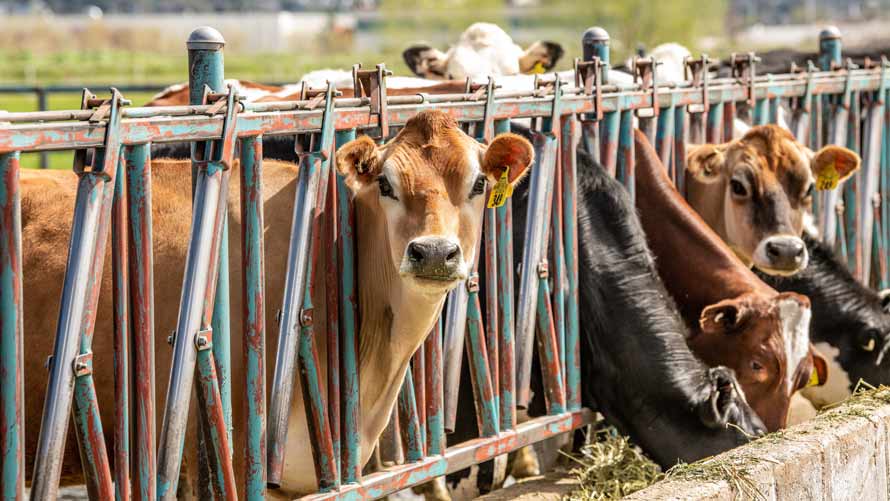 Cattle release methane emissions as part of their natural digestion process.
Cattle release methane emissions as part of their natural digestion process.
Methane (CH4) is a colorless, odorless natural gas produced in nature by things like termites, volcanoes, and vegetation that breaks down underwater (known as swamp gas).
Human activities like animal farming, fossil fuel production, burning coal, oil and other fossil fuels, and combusting natural gas to generate electricity and heat buildings are also sources of methane.
Along with other greenhouse gases, like carbon dioxide and water vapor, methane holds heat in the earth’s atmosphere — known as the greenhouse effect.
Why is reducing global methane emissions important?
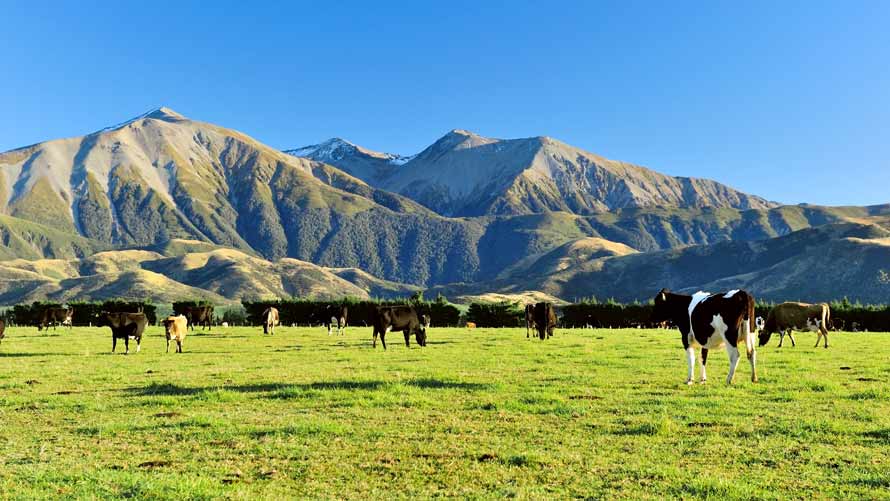 As the amount of methane in the atmosphere has increased in recent decades and centuries, it has become a major contributor to the powerful greenhouse gas effect and climate change.
As the amount of methane in the atmosphere has increased in recent decades and centuries, it has become a major contributor to the powerful greenhouse gas effect and climate change.
As the amount of methane in the atmosphere has increased in recent decades, the gas has become a major contributor to the greenhouse effect and global warming. Methane emissions accounted for 11.5% of greenhouse gas emissions from human activity in 2021, according to the United States Environmental Protection Agency (EPA).
Methane stays in the atmosphere for a significantly shorter time than carbon dioxide (CO2), which comprises a much larger share of atmospheric greenhouse gas (79% in 2021, according to the EPA).
However, methane traps radiation and holds heat in the atmosphere much more than carbon dioxide. In fact, methane’s environmental impact on global warming is 28 times stronger than carbon dioxide, according to the Intergovernmental Panel on Climate Change. For this reason, reducing methane emissions is a major component of climate change commitments like The Paris Agreement. With an increasing global population and growing demand for meat and dairy products, finding a way to curb methane emissions while meeting nutritional needs is a significant challenge.
Why do cattle produce methane?
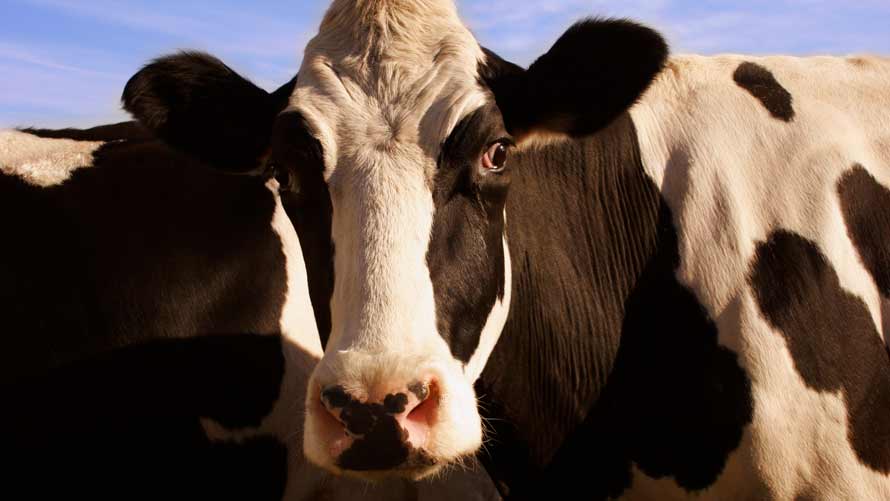 Domestic livestock produce methane emissions as part of their digestive process — called enteric fermentation.
Domestic livestock produce methane emissions as part of their digestive process — called enteric fermentation.
Domestic livestock naturally produce methane emissions as part of their digestion, a process known as enteric fermentation. This process takes place in the animals’ gut and produces methane gas bubbles, which are released most notably through cow burps.
And it’s a lot of burping: Enteric fermentation made up 25% of human-produced methane emissions in 2021, according to the EPA.
How we’re working to reduce methane emissions in agriculture
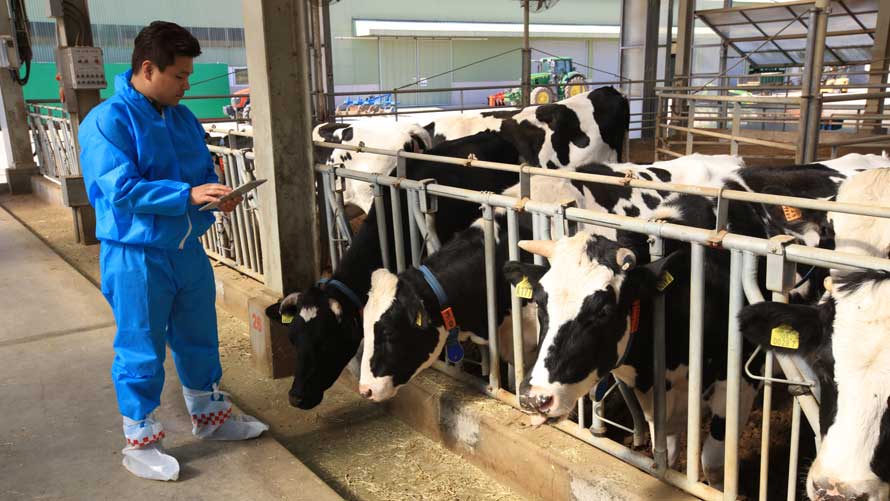 Cargill scientists help farmers develop and scale sustainable practices that enhance the long-term viability of their business and support the next generation of farmers.
Cargill scientists help farmers develop and scale sustainable practices that enhance the long-term viability of their business and support the next generation of farmers.
It all starts with farmers
Improving feed conversion and sustainability go hand-in-hand. That is why we help farmers develop and use sustainable practices that enhance their business and help mitigate the effects of climate change.
We work with each individual farmer to customize a holistic solution of products, technology and services they need to meet their methane reduction goals.
The right animal feed solutions
For farmers, what they feed their animals is as important as what they feed themselves. By helping farmers produce more with less feed, their livestock emit less methane per kilogram of meat or milk produced and further decrease the farm’s carbon footprint.
Here are just a few of the animal feed solutions we’re providing farmers:
- SilvAir™ contains a patented technology that reduces methane emissions by 10% without impact on animal performance. It stimulates a natural process in the animal's rumen, creating ammonia from hydrogen, which would otherwise become methane.
- Cargill Nutrition System (CNS) combines the knowledge of what animals need to eat to be healthy and productive, with real-time insights for farmers and nutritionists to design precise diets and products. CNS factors in species, climate, geography, business goals and local ingredient costs from the best suppliers.
- A wide range of feed solutions, including:
- NutriTek™ and NaturSafe™ Diamond V’s most advanced immune health products for all dairy and beef cattle respectively, providing a new level of support for optimal gut health, immune strength and overall producer profitability.
- Proviox™, a specific blend of nutritional antioxidants, which reinforces the nutritional antioxidant status of the animal.
- I.C.E™, a nutritional solution that helps animals maintain their hydration status in high-temperature conditions.
Innovating for methane emission reduction
As they work to bring methane reduction solutions like powerful nutrition software dairyMAX to our customers, our hundreds of animal nutrition scientists around the world pursue a shared goal: to innovate for a better tomorrow, today.
“We take a science-based approach with all the work we do,” Reach4Reduction™ Lead Joanne Sharpe says. “We ensure everything we bring to market is fully researched and we can give that confidence to customers that we can back everything up with data.”
More stories
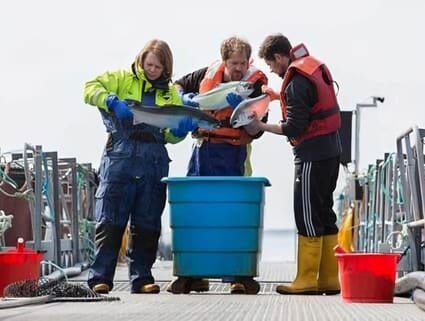
Circular economy in animal feed: 4 ways we help customers do more with less
Learn how Cargill is helping farmers build a zero-waste circular economy through innovation and strategic partnerships.
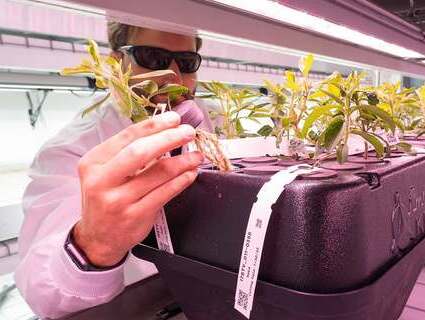
5 agriculture and food trends to be excited about in 2024
Cargill’s chief technology officer shares agriculture and food trends that are shaping the future.
What is decarbonization? Everything you need to know.
Learn how we’re working to decarbonize the food and agriculture system.

